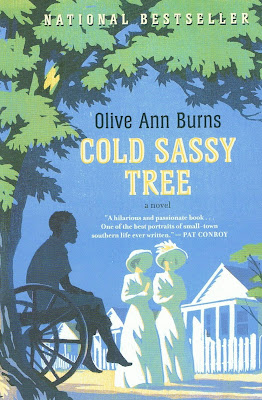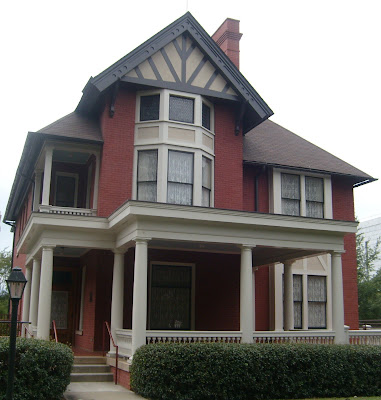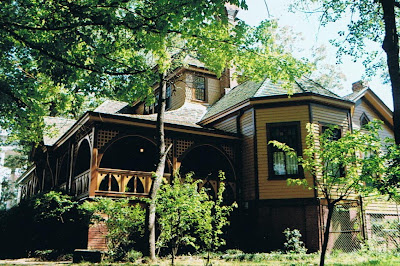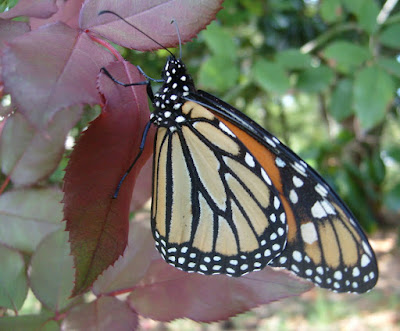 So we pulled into a rest area on our way from Savannah, Tennessee, and were greatly impressed by this adjacent view of Nickajack Lake. We were on our way an unknown hotel in an unknown town that would be close enough to Clayton in the extreme north of Georgia to give us enough time to have a look at Lillian Smith’s home before resting again for the night before moving on to North Carolina. As it happened that town was Cleveland just to the north-east of Chattanooga, which was not impressive at all.
So we pulled into a rest area on our way from Savannah, Tennessee, and were greatly impressed by this adjacent view of Nickajack Lake. We were on our way an unknown hotel in an unknown town that would be close enough to Clayton in the extreme north of Georgia to give us enough time to have a look at Lillian Smith’s home before resting again for the night before moving on to North Carolina. As it happened that town was Cleveland just to the north-east of Chattanooga, which was not impressive at all.Now, though, I'm beginning to wonder if we should have been so impressed, as I’ve just read a chapter on the novelist Madison Jones in Paul Binding’s Separate Countries: A Literary Journey through the American South (New York: Paddington Press, 1979), and things suddenly don’t seem so idyllic. Madison Jones is one of the Southern writers I hadn’t gotten round to reading, but shall be doing so as soon as possible. As it was written relatively early in Jones’s career as a novelist – he published a book, The Adventures of Nicholas Bragg, for instance, as recently as 2008 – Binding was a little too early to mention a number of his books. However, Binding does speak of the conversation he had with Jones in which his third novel, A Buried Land (1963), was brought up, and the novel was written partly through his anger with the Tennessee Valley Authority (TVA) over the flooding of large areas of land in Tennessee and northern Alabama. Binding says that he ‘wanted to write a novel in which destruction by flood (TVA-authorized) played a key part’. He goes on to say that Jones was interested in ’to what extent would the physical destruction of a place entail its spritual destruction, i.e., of the life, joy, guilt and relationships created within it.’ It would appear that ‘beautiful’ Nickajack Lake is just the kind of thing Madison Jones is protesting about. The lake is a number of miles to the west of Chattanooga. This link provides a little information about Nickajack Lake.





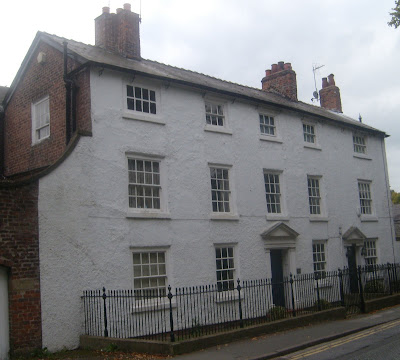






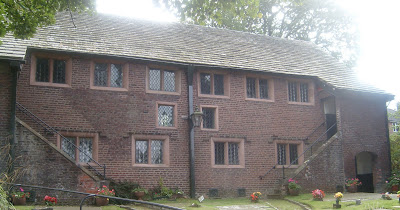
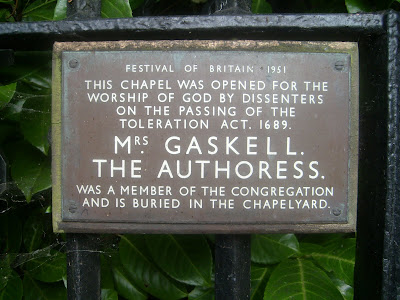
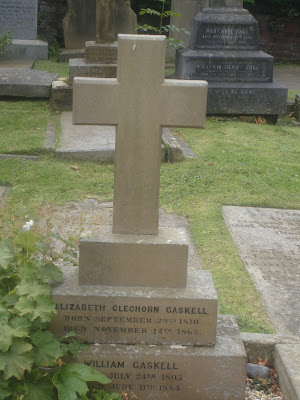
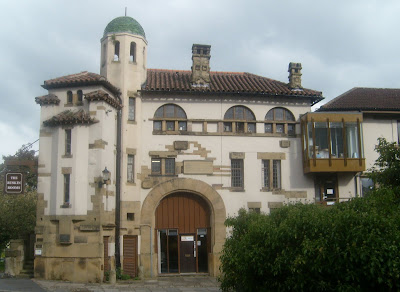

 'Let every dawn of morning be to you as the beginning of life, and every setting sun be to you as its close', from Ruskin's Lectures on Art (1870).
'Let every dawn of morning be to you as the beginning of life, and every setting sun be to you as its close', from Ruskin's Lectures on Art (1870).




